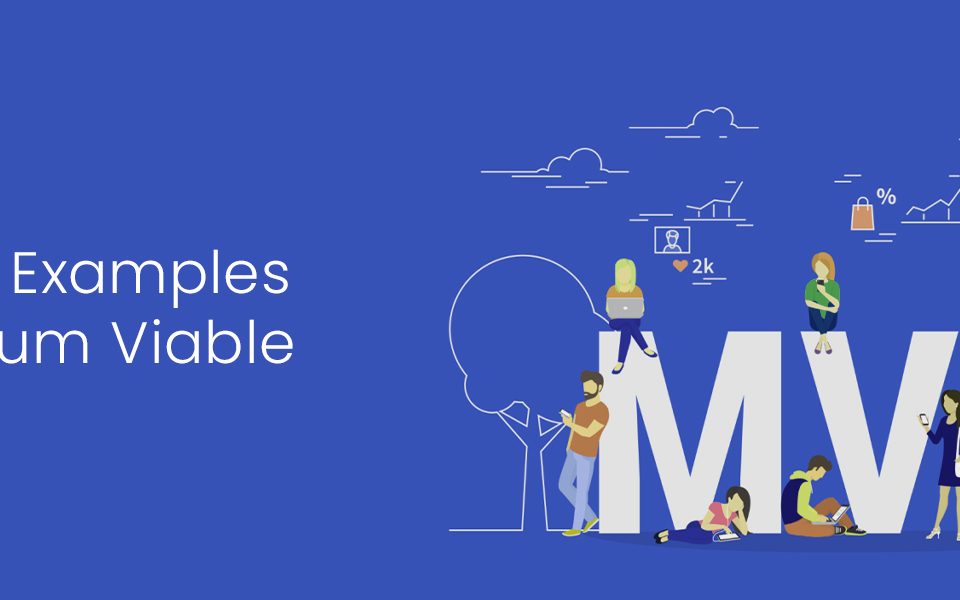
3
Mobile operating companies are finally turning on 5G networks even though the deployments are restricted. AT&T and Verizon both have successfully launched smartphones with 5G networks. Many major cities in the US started the 5G network however there will be only small pockets of coverage. 5G is considered a baseline technology that can easily charge augmented reality and driverless cars. If you have no clue about 5G, the following is a detailed guide you should read.
A Beginner’s Guide about 5G for Tech-Savvy Entrepreneurs
What Exactly is 5G?
Real Speed of 5G Network
How 5G Works?
Where do Mobile Operating Networks Get the Spectrum
What are the Major Benefits?
When will 5G be Available for Public?
Can You Use 5G Network on an Existing Smartphone?
What Exactly is 5G?
It’s a faster and fifth generation cellular technology, which can skyrocket the speed, network coverage, and overall responsiveness of wireless networks. If you don’t realize how fast are we talking, 5G network recently showed speeds surging past 1 gigabit per second. It is a hundred times faster than your regular cellular connection, and even much faster than any network you can get with a physical fiber-optic cable. (In the best-case scenario, you can easily download an entire season of Stranger Things within a few seconds.
Real Speed of 5G Network
A major benefit of using 5G is something known as low latency. When it comes to using a 5G network, you might hear the term latency several times. Latency is the average response time between clicking on a link or streaming a video on your mobile phone, which sends the request up to the network and responds back, uploading you the website or playing your video. The minimum lag time can be around twenty milliseconds with the networks you are using at the moment. It might not seem like much, however, with 5G, the latency lowers to as little as 1 millisecond, or equal to the time it takes for a flash on a normal camera.
The latency responsiveness is crucial for things such as playing an intense video game using virtual reality or for a neurosurgeon in Ontario to control a pair of robotic arms performing a surgical procedure in New York. FYI: the latency can still be affected by the ultimate range of the connection. The virtually lag-free internet connection means driverless cars have a better way to communicate with each other in real time.
How 5G Works?
The 5G network used a super-high-frequency spectrum at first, which has a shorter range and higher capacity to provide a massive pipe for faster online access. However, when it comes to the range and interference issues, the mobile network operators are also using the lower-frequency spectrum to assist transport 5G across greater distances and pass through walls and other obstructions.
Sprint has recently claimed it has the largest 5G network because it’s using 2.5 gigahertz band of spectrum providing a wider coverage. T-Mobile is planning a bigger rollout of its 5G network in the next year because of the use of the lower-band spectrum. AT&T says it plans to provide 5G coverage worldwide over its lower-band Sub-6 spectrum at the start of 2020. The overall result is that the crazy speeds companies first promised won’t always be there, however, we’ll still see a major boost from what we get today with 4G LTE.
Where do Mobile Operating Networks Get the Spectrum
A few mobile operating systems already control small swaths of high-frequency radio airwaves, however, many will have to buy more from the government. Major mobile networks around the world are actively working with their respective governments to free up the necessary spectrum. In the US, the Federal Communications Commission is holding major auctions for so-called millimeter wave spectrum, which all the carriers are aggressively participating in.
What are the Major Benefits?
The 5G network is accurately designed to connect a large number of devices rather than a traditional cellular network does. That internet of things trend you keep hearing about? 5G can power multiple devices around you, whether it’s a dog collar or a refrigerator.
The 5G network was also specifically constructed to handle equipment used by large businesses, ranging from farm equipment to ATMs. Beyond the speed of the network, it’s also developed to work differently on connected products that don’t need a constant connection, such as a sensor for fertilizer. Those types of low-power scanners are intended to work on the same battery for ten years and still be able to periodically send data.
When will 5G be Available for Public?
Verizon launched the first “5G” service in the world in October, however, it’s a bit of a technicality which means a fixed broadband replacement instead of a mobile service. An installer has to put in extra special equipment that can pick up the 5G signals and transform it into a Wi-Fi connection in the home so every other device can quickly access it.
There’s also a big debate about whether the network service even qualifies as 5G. The network doesn’t use the standards the industry has agreed on. The company wanted to move on and used its own proprietary technology. Verizon is a major network which argues that the speeds, ranging from 300 megabits per second to 1 gigabit per second, qualify for the service of 5G designation. Its rivals and other mobile experts dispute that claim.
The launch of the 5G network was extremely limited in a few select neighborhoods in Houston, Indianapolis, and Los Angeles and Sacramento, California.
Can You Use 5G Network on an Existing Smartphone?
There are other sorts of antennas used by the 5G network which are not available yet. For example, Sprint’s LG V50 is specifically tuned for its 5G network. Similarly, the Samsung Galaxy S10 5G is tuned for Verizon’s network, although it will also work on the other carriers once the exclusivity agreement ends. Several phones will use Qualcomm’s X50 modem, which is specifically designed to tap into a 5G spectrum. Later phones will use a second-generation chip that picks up more spectrum bands.



